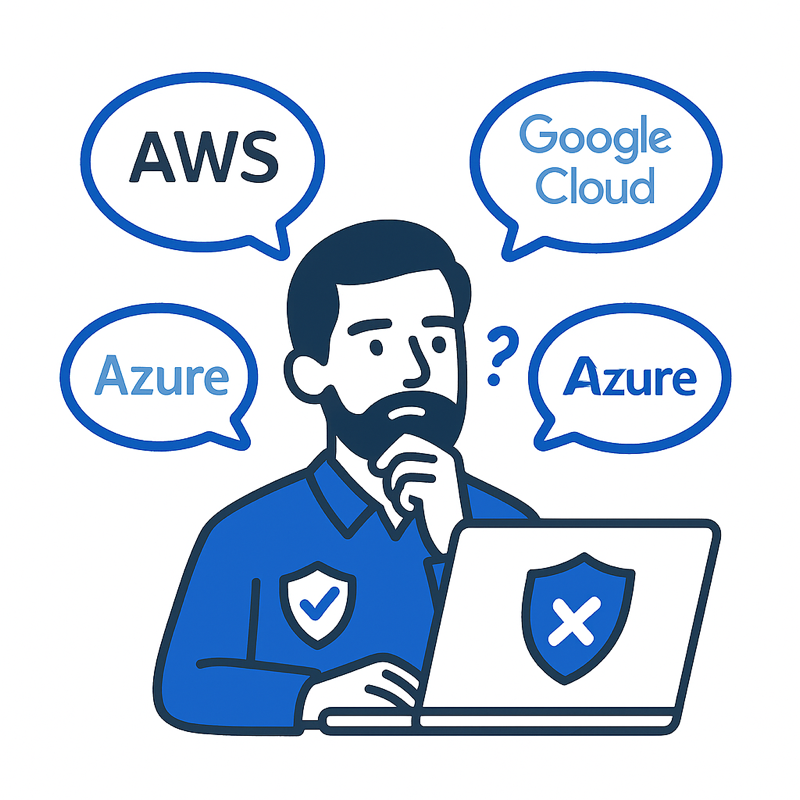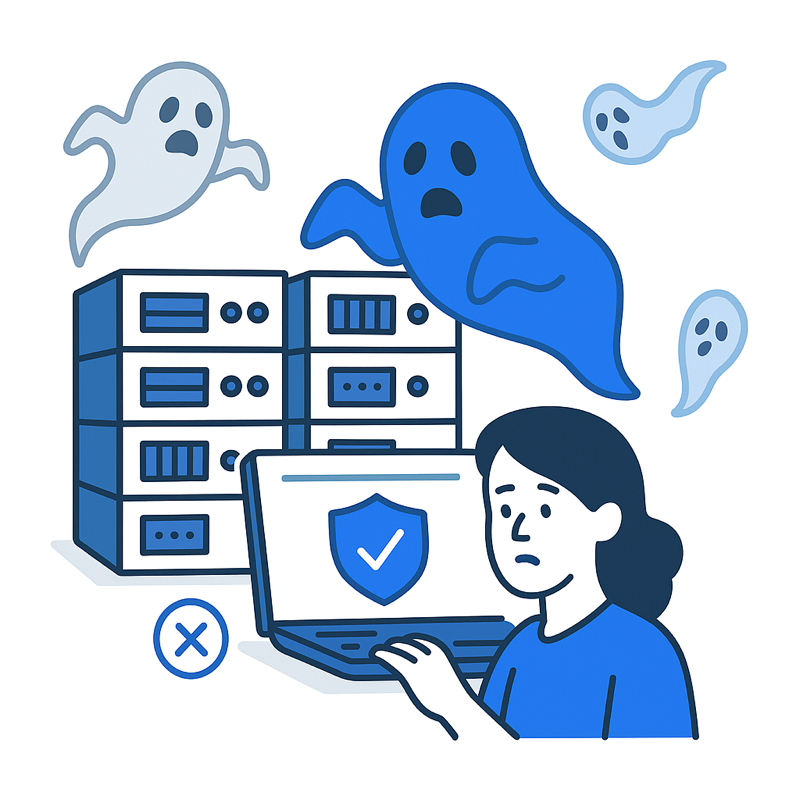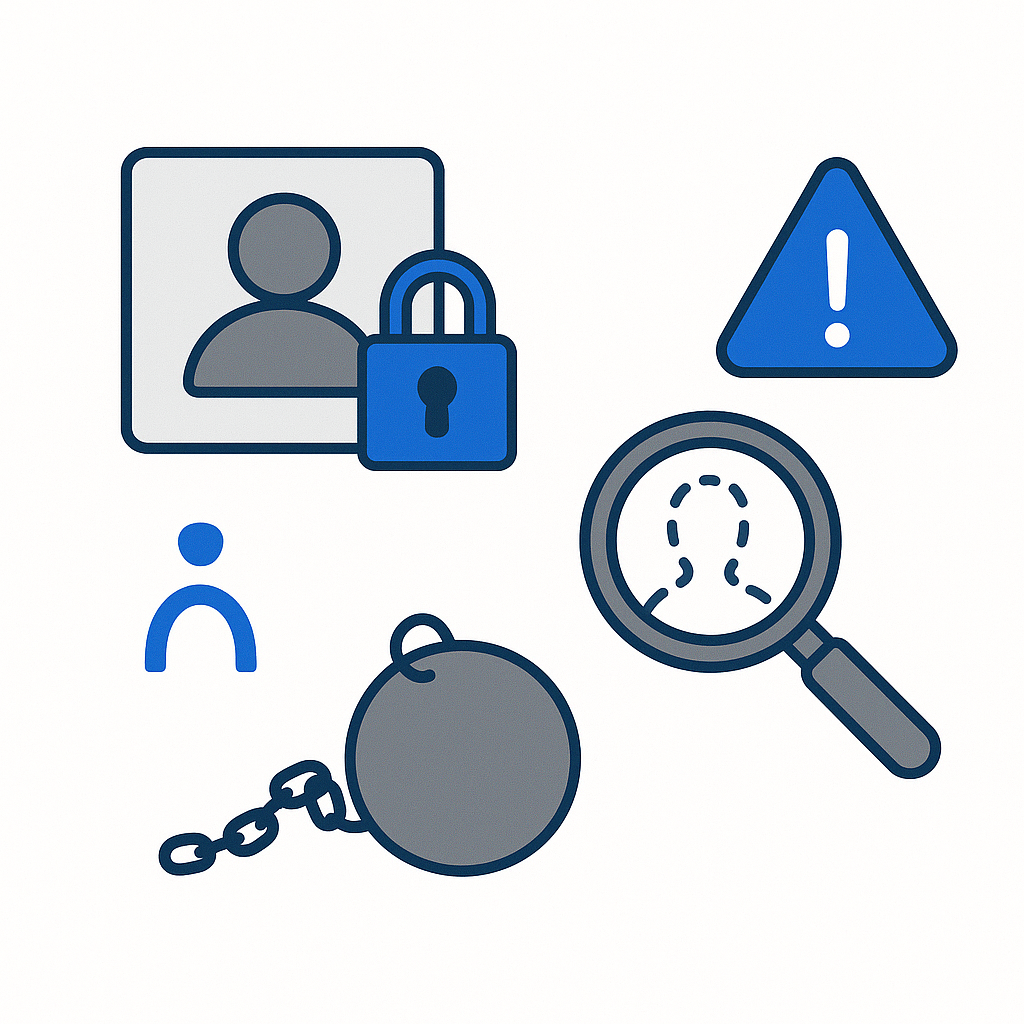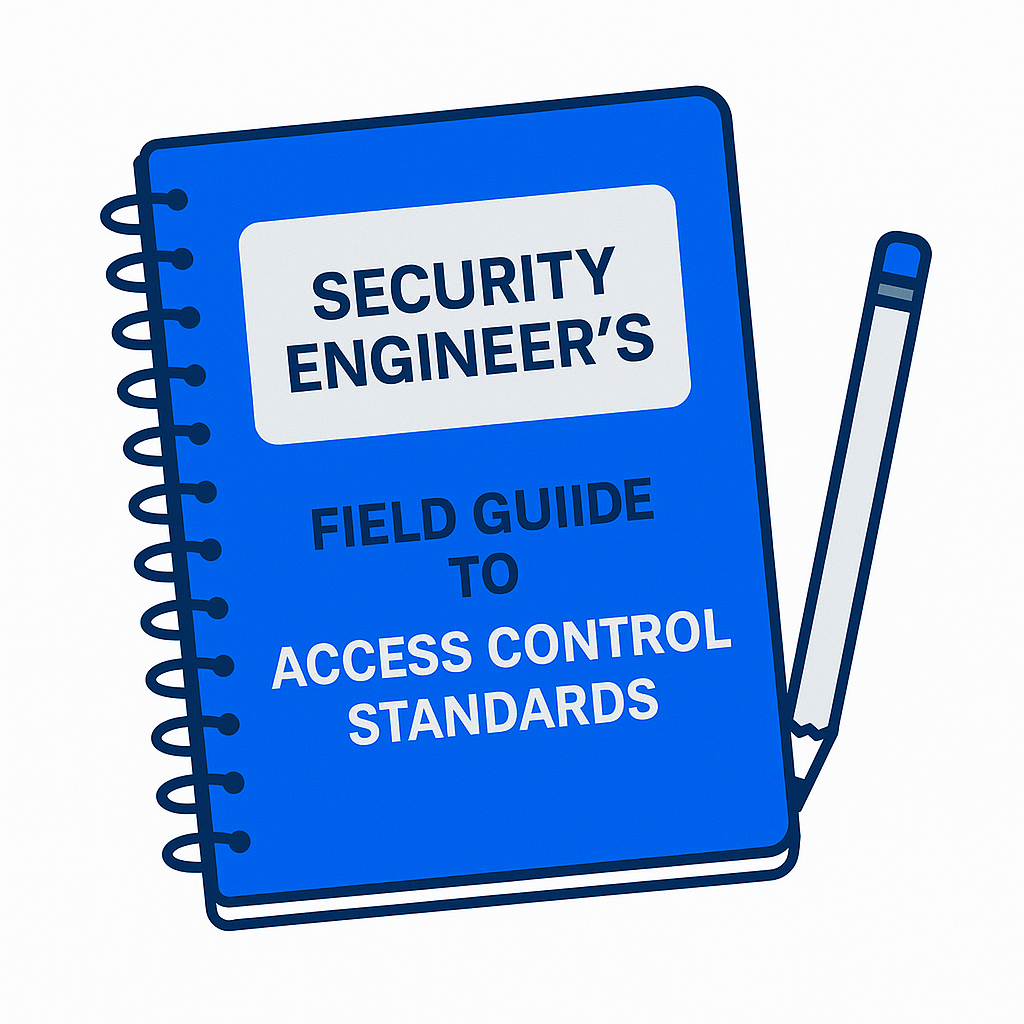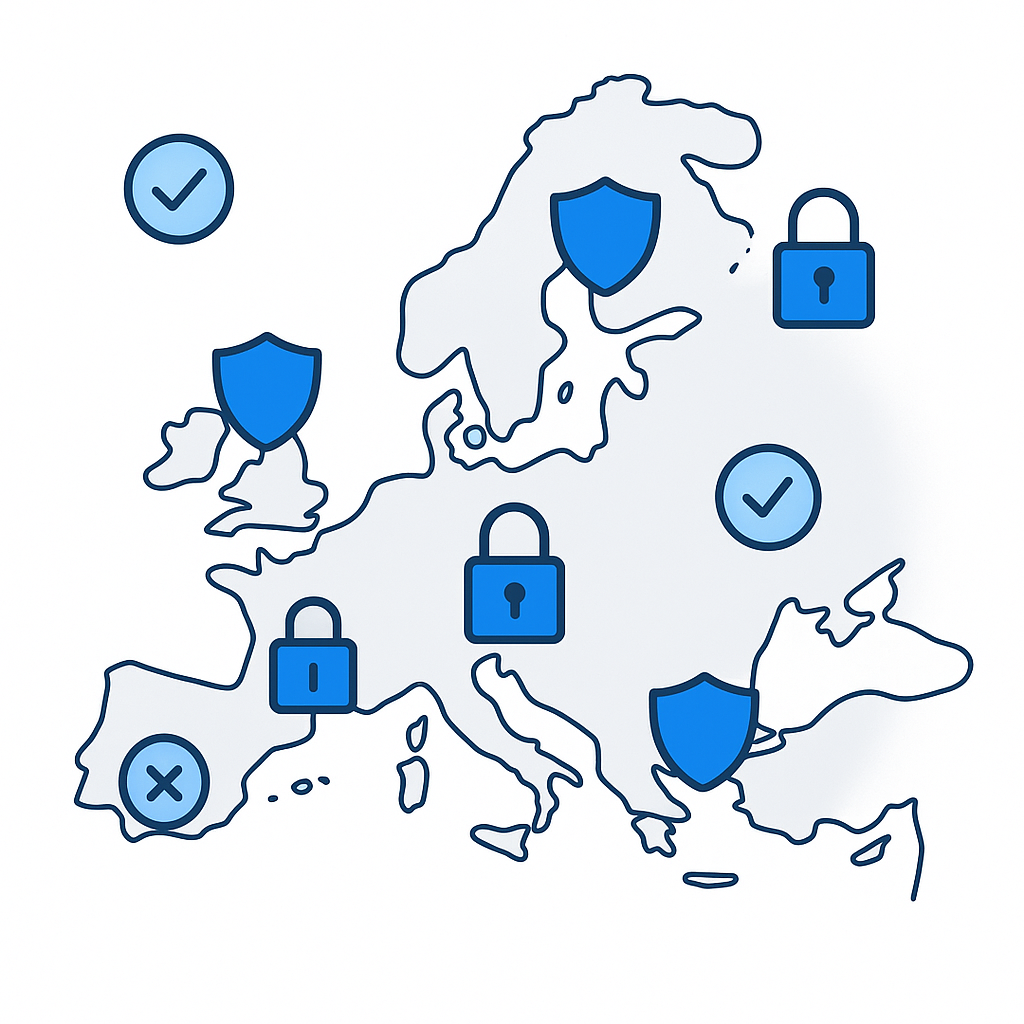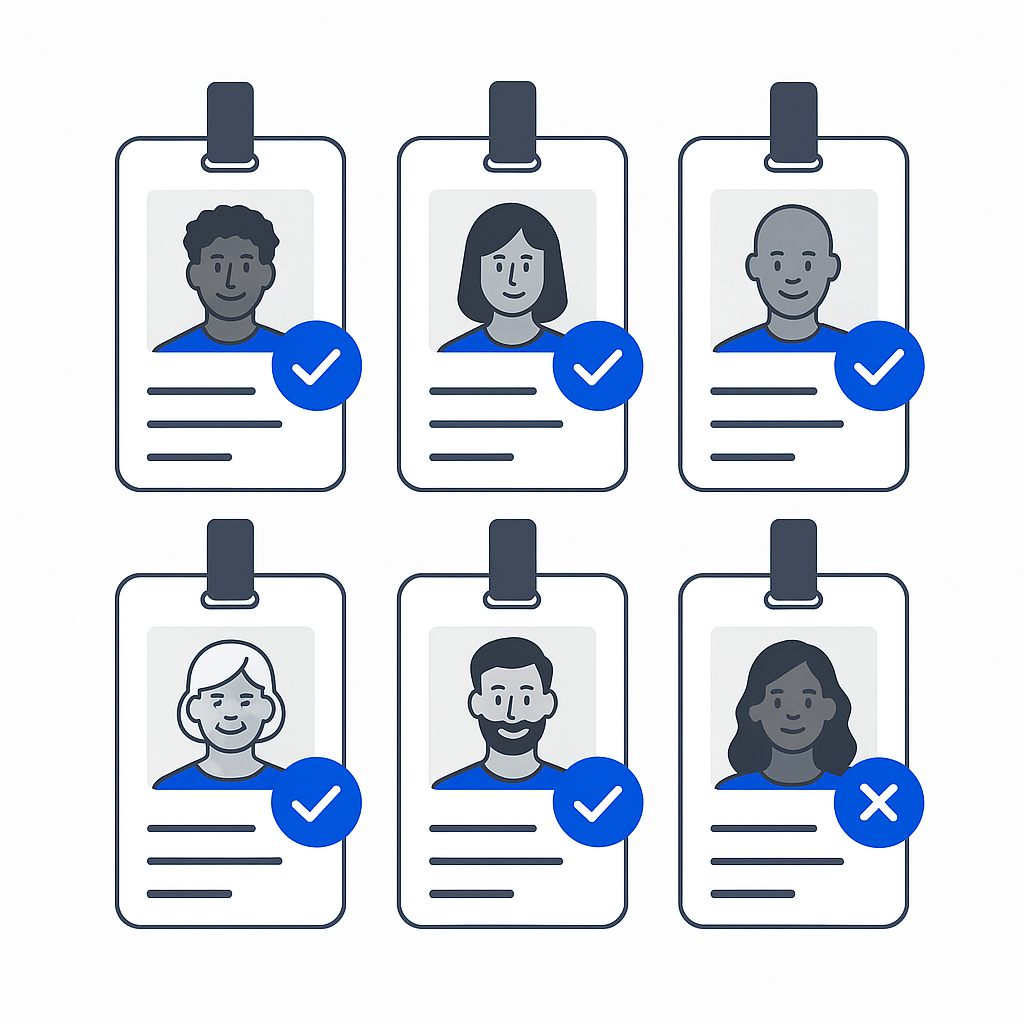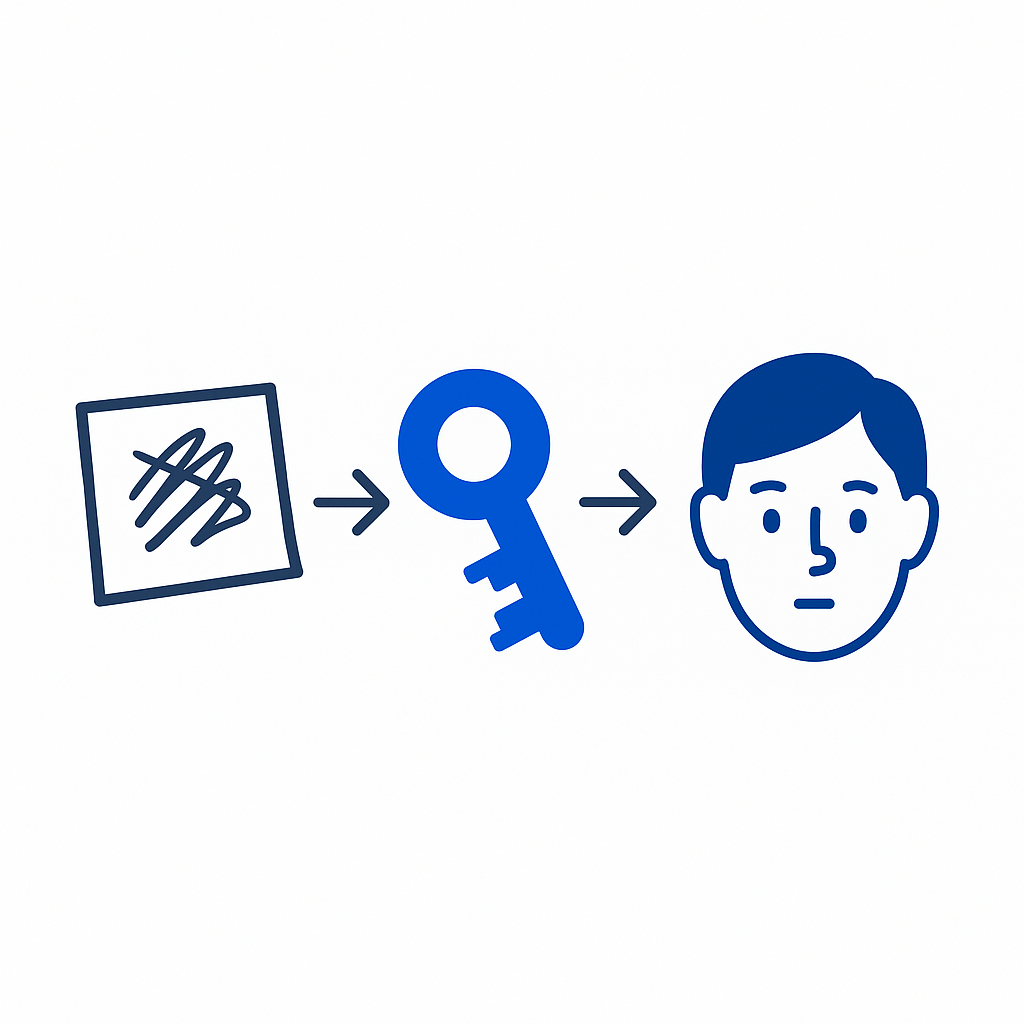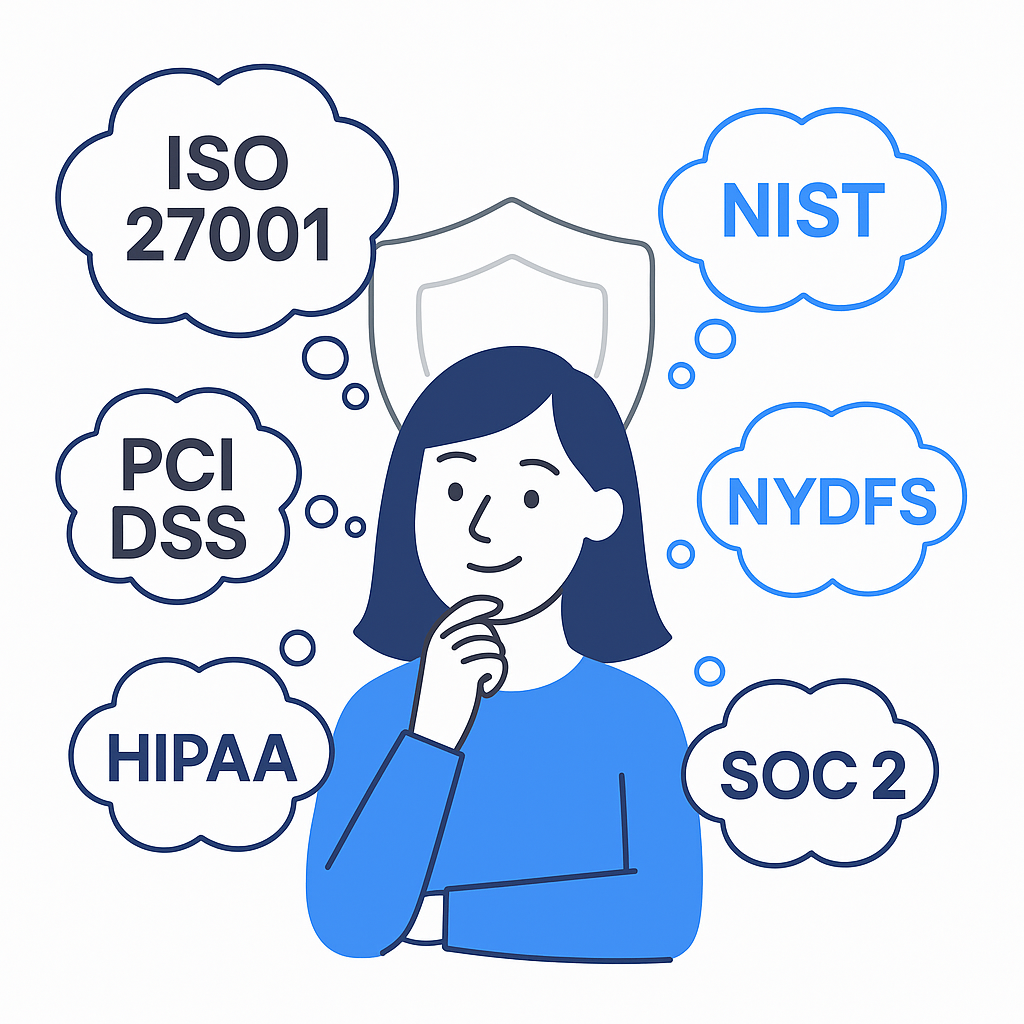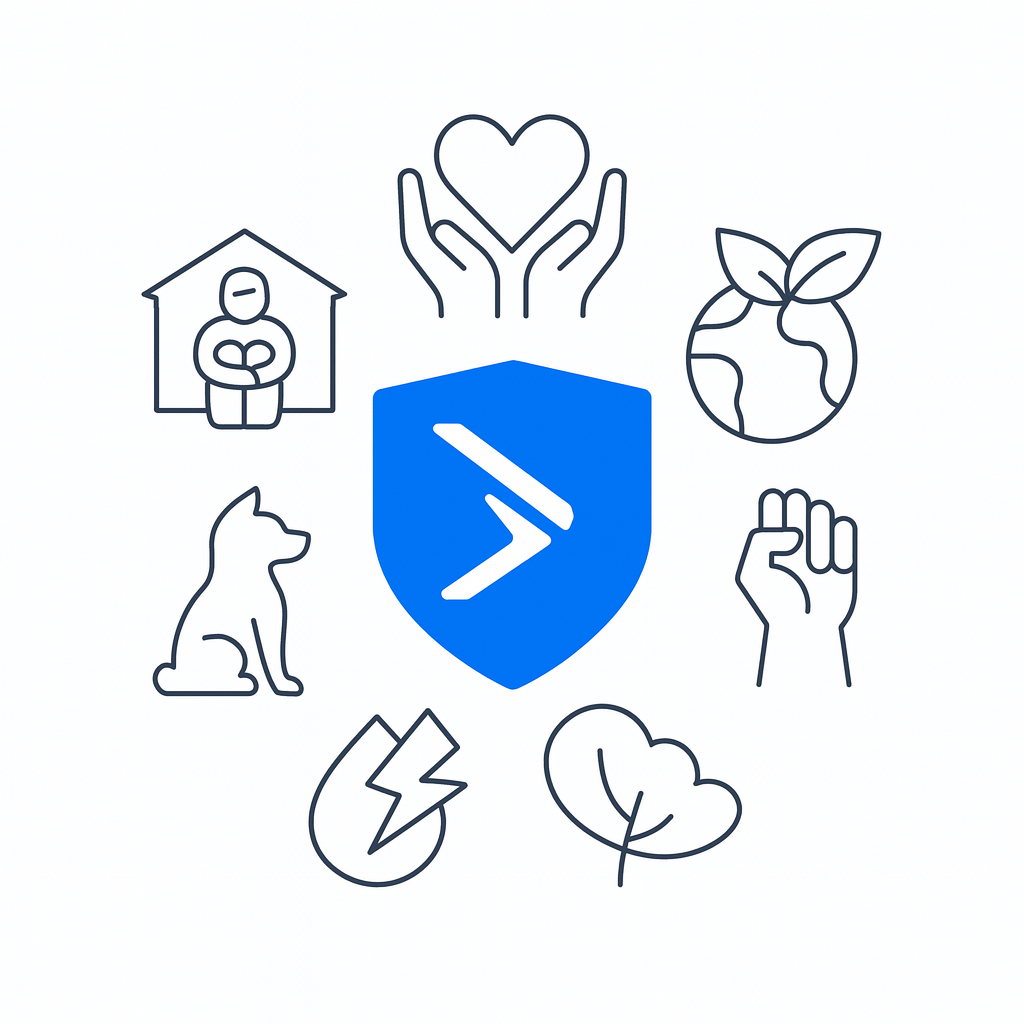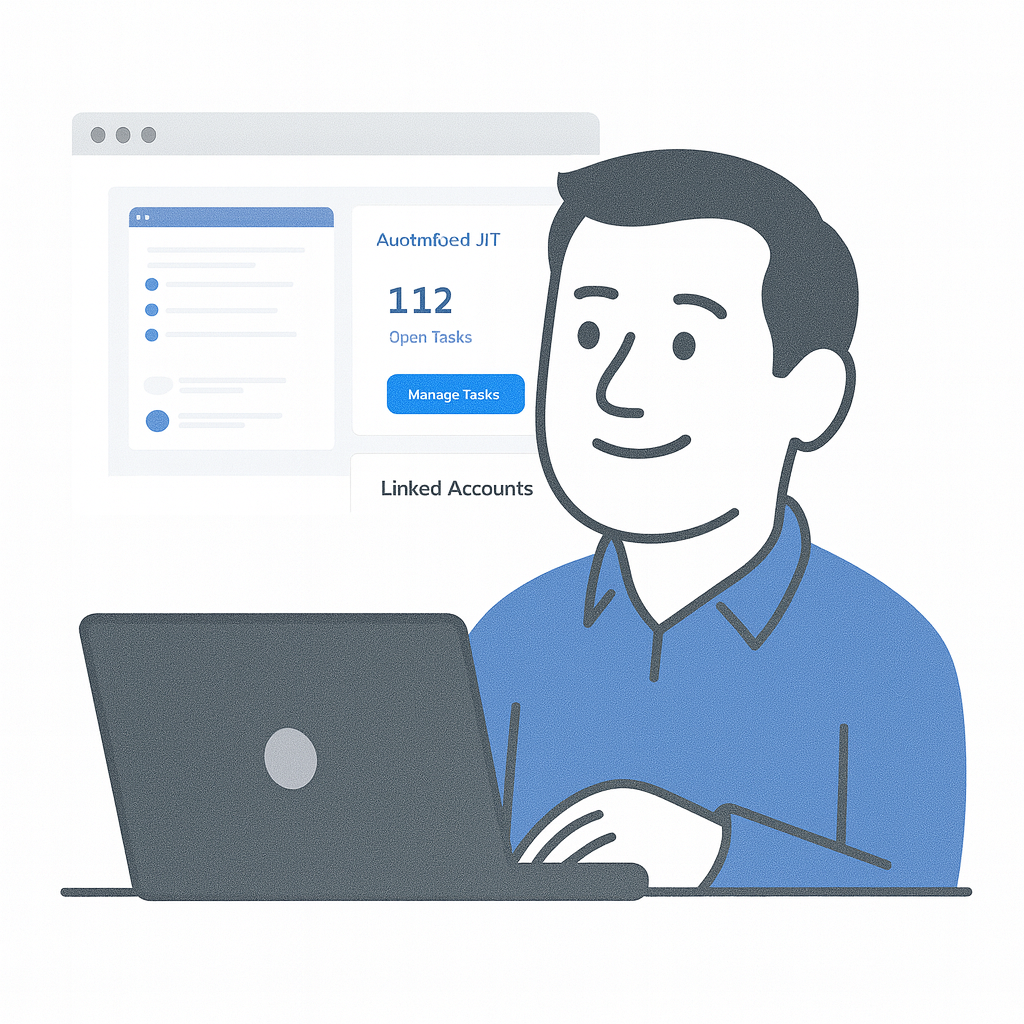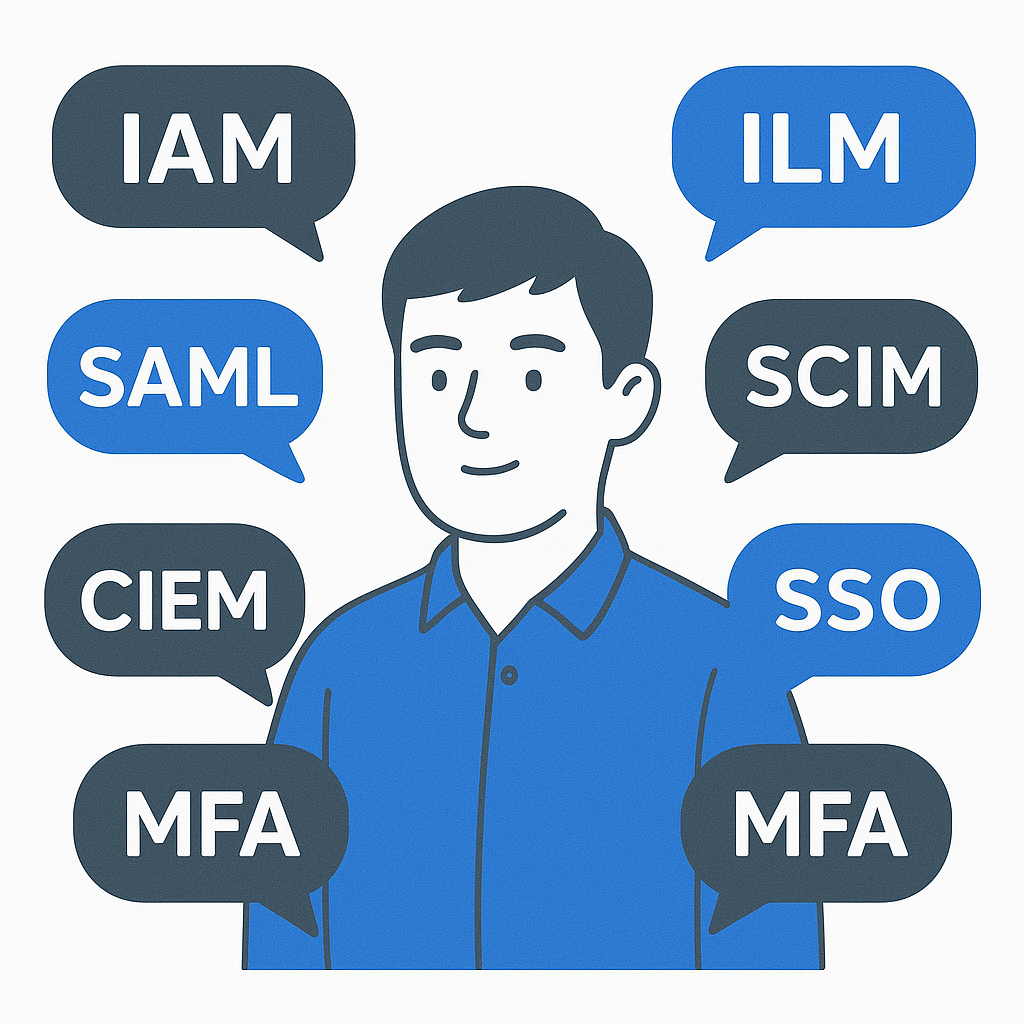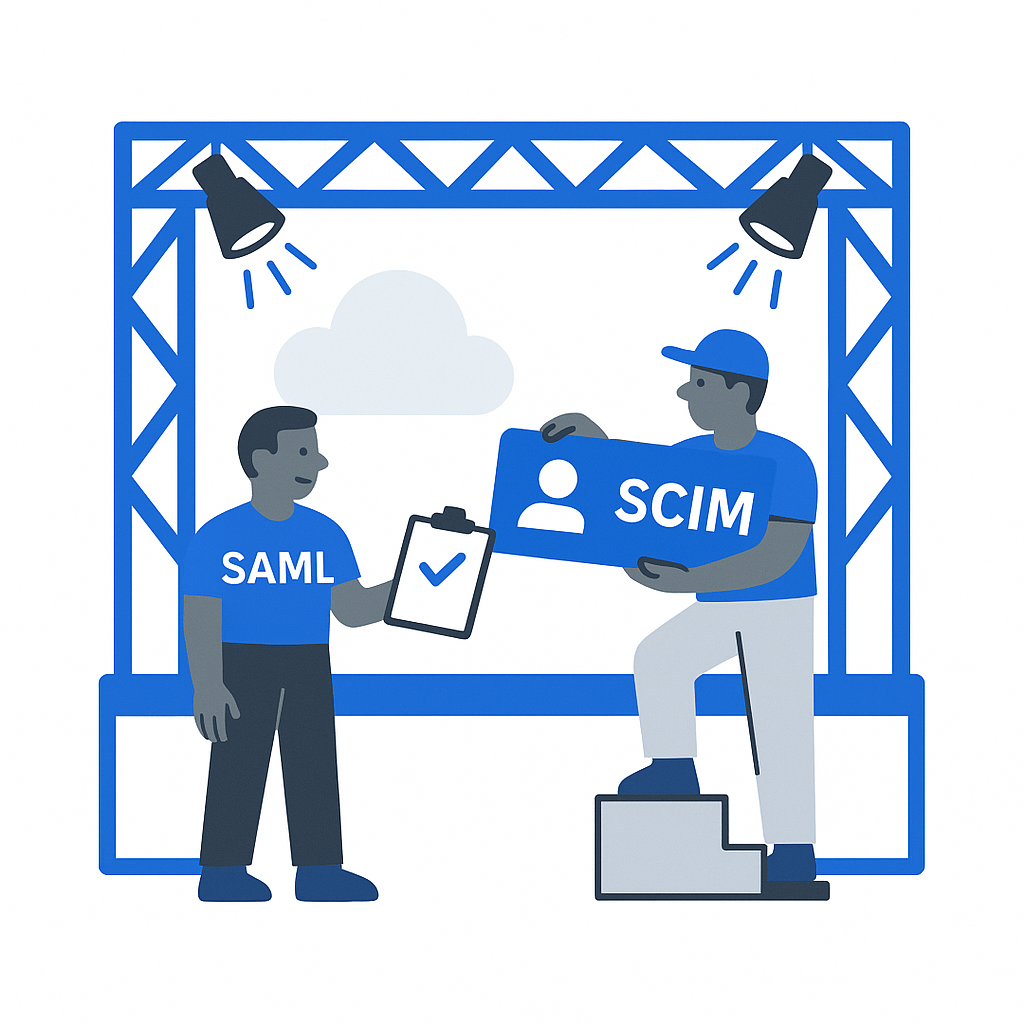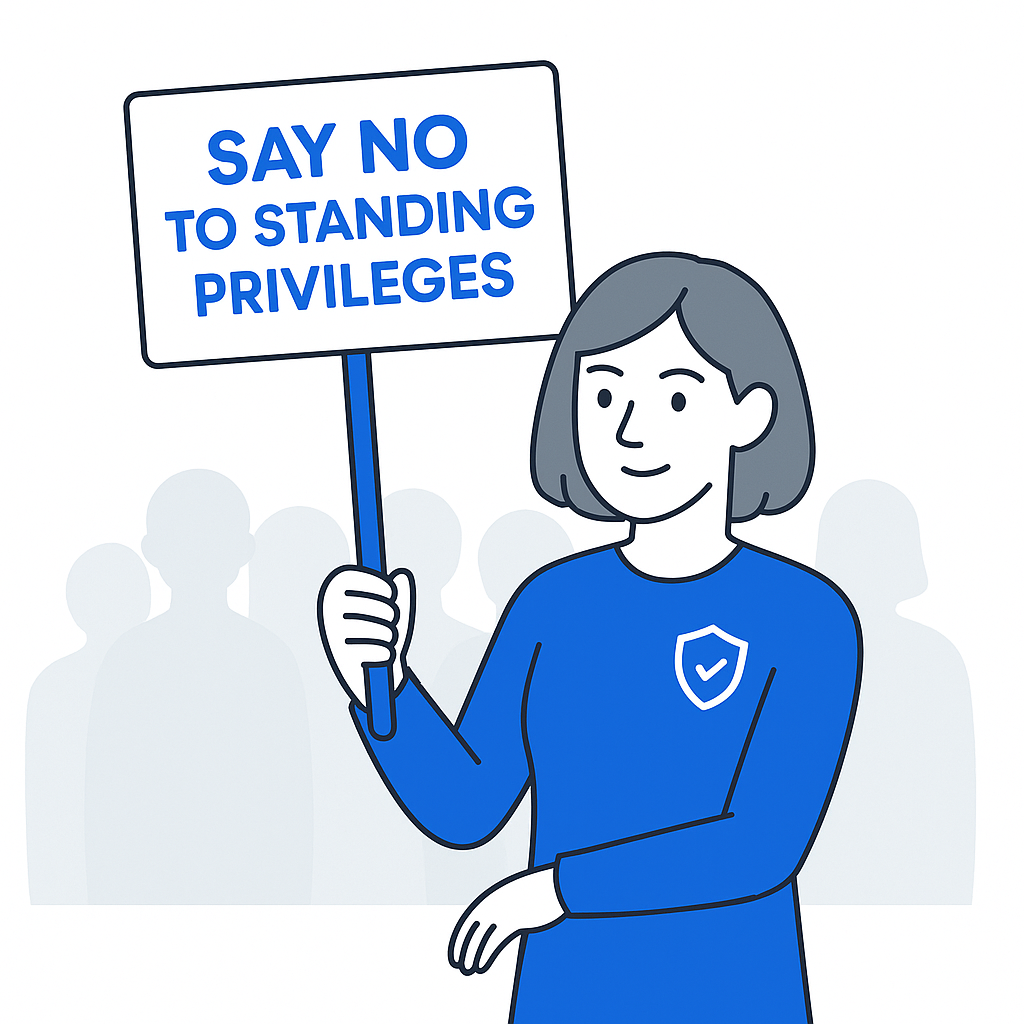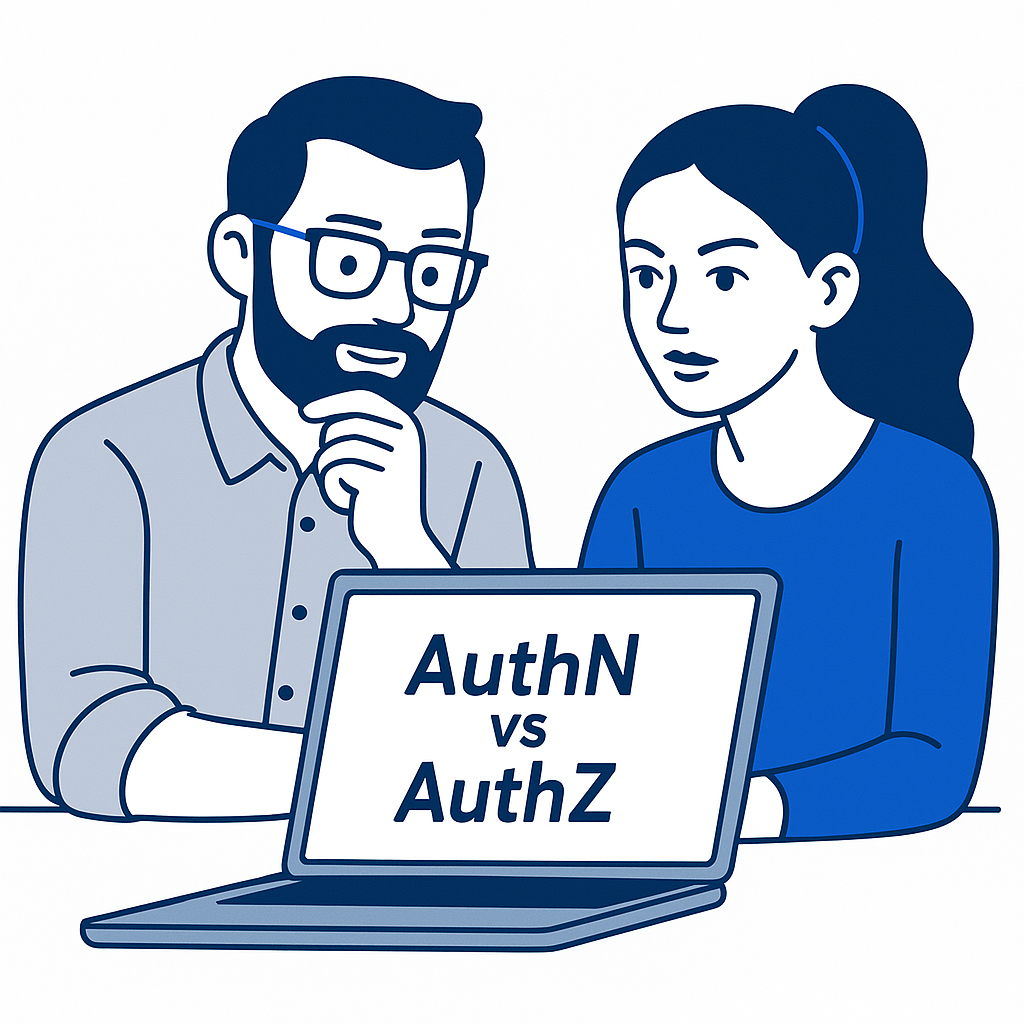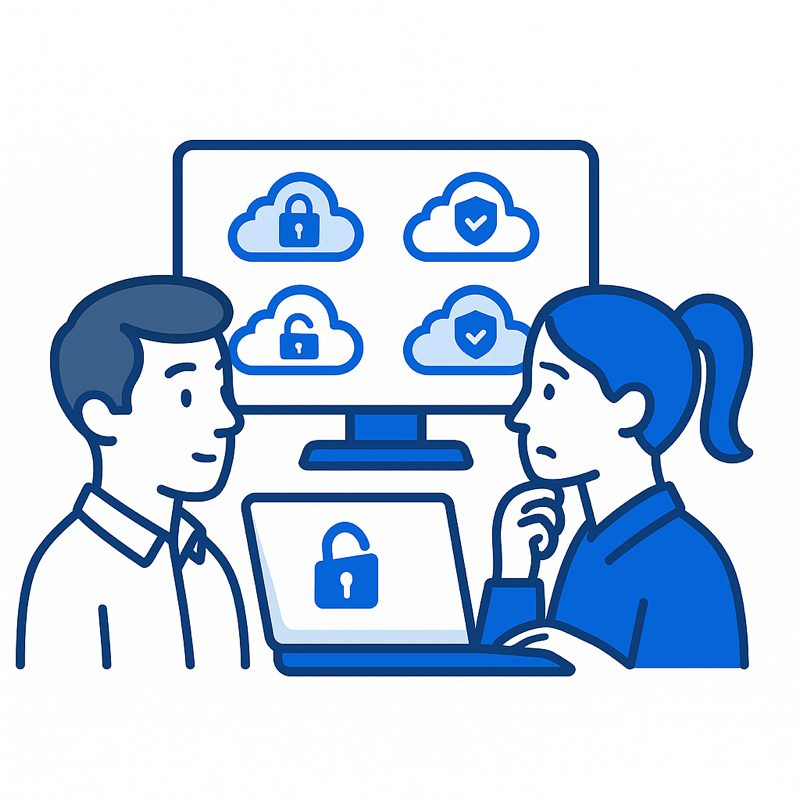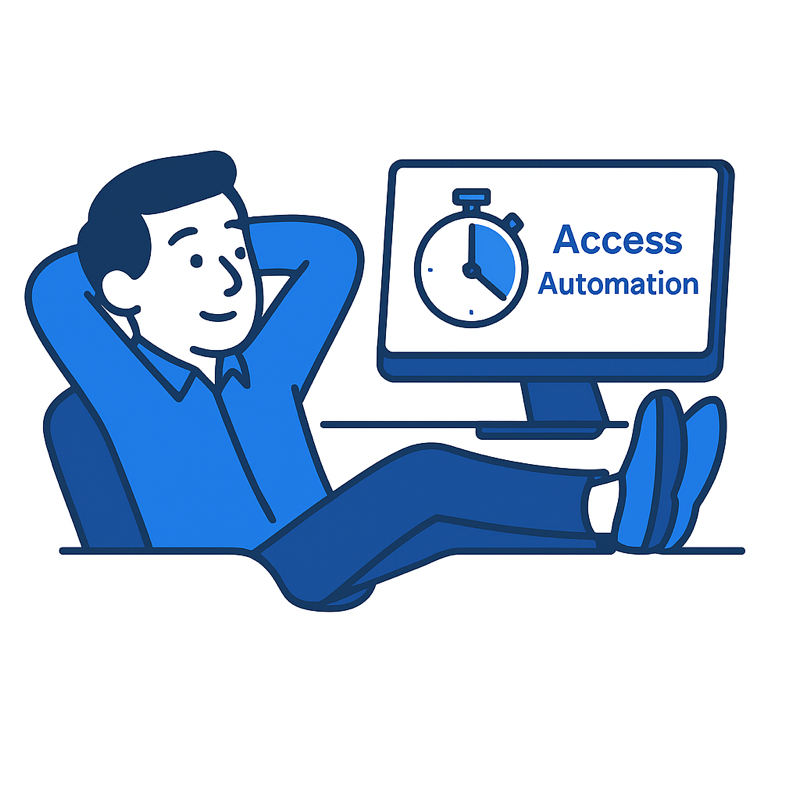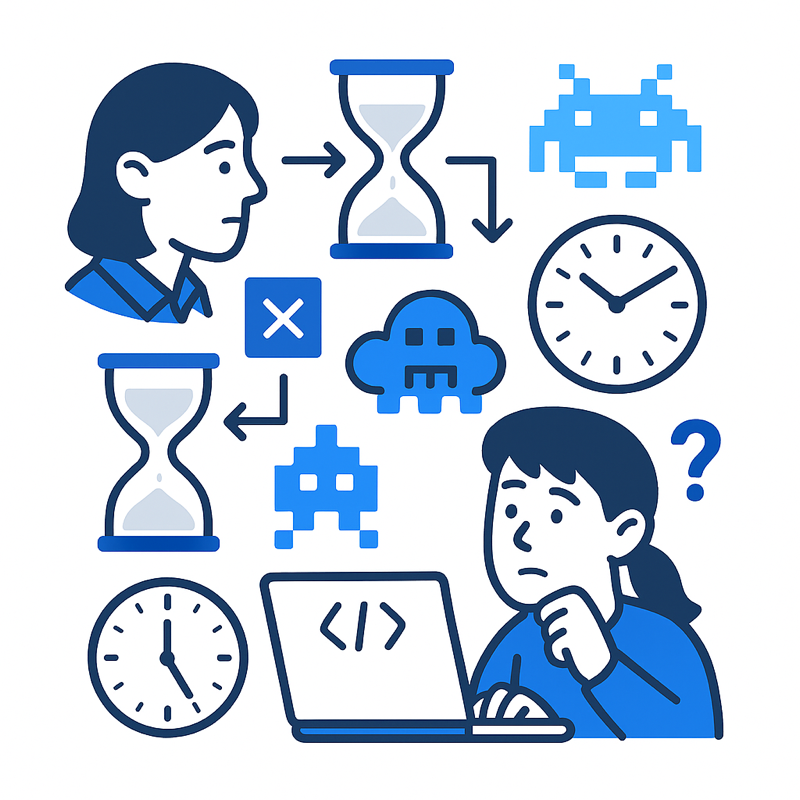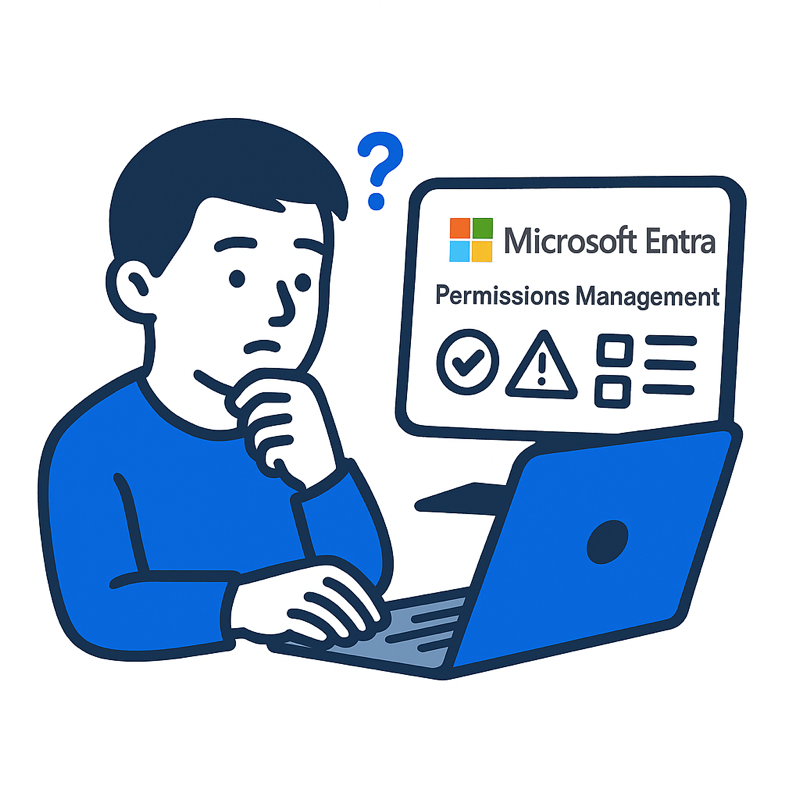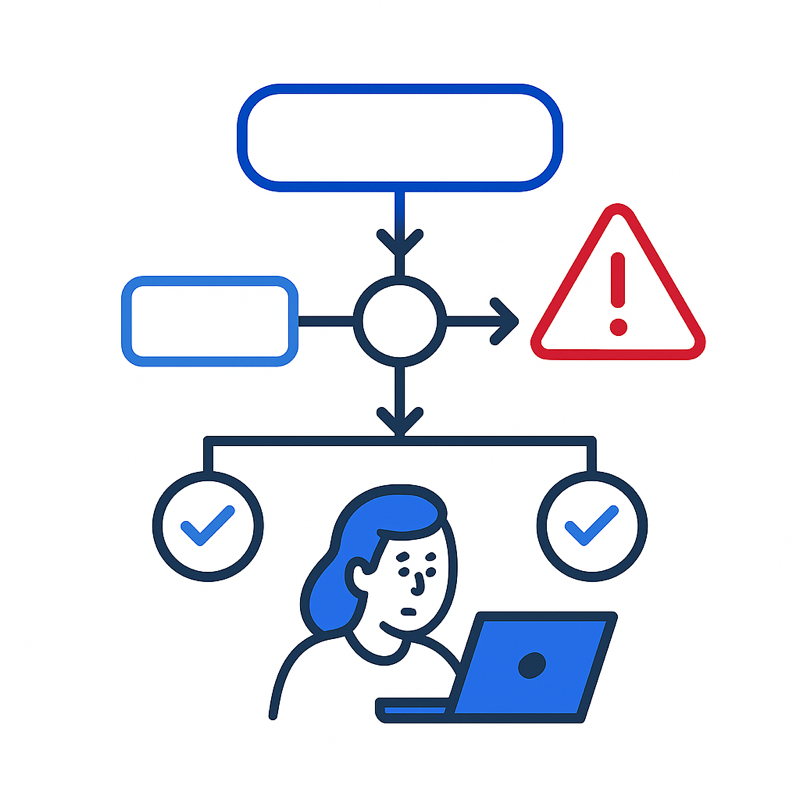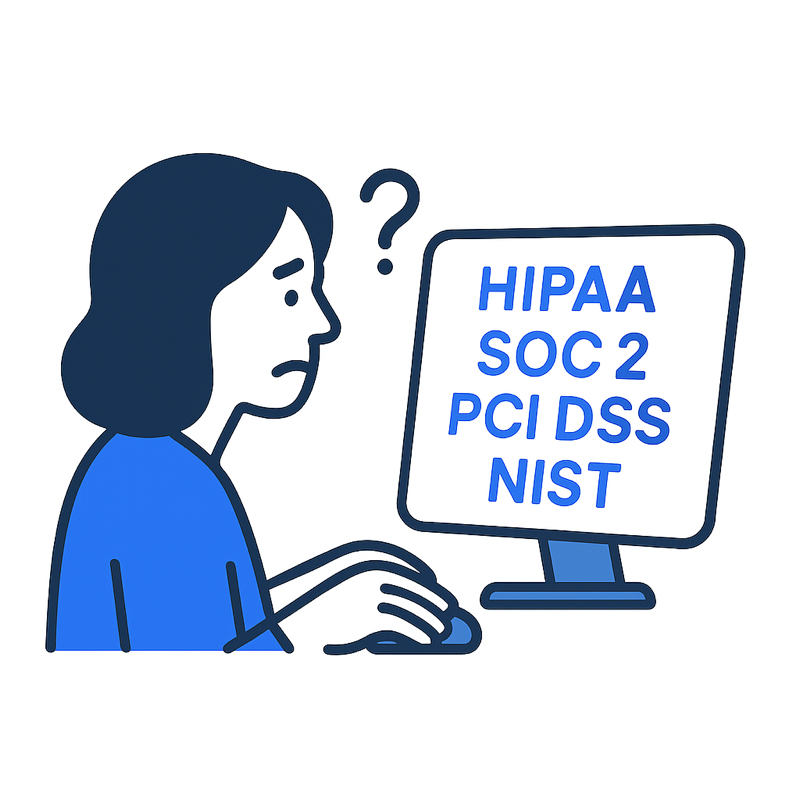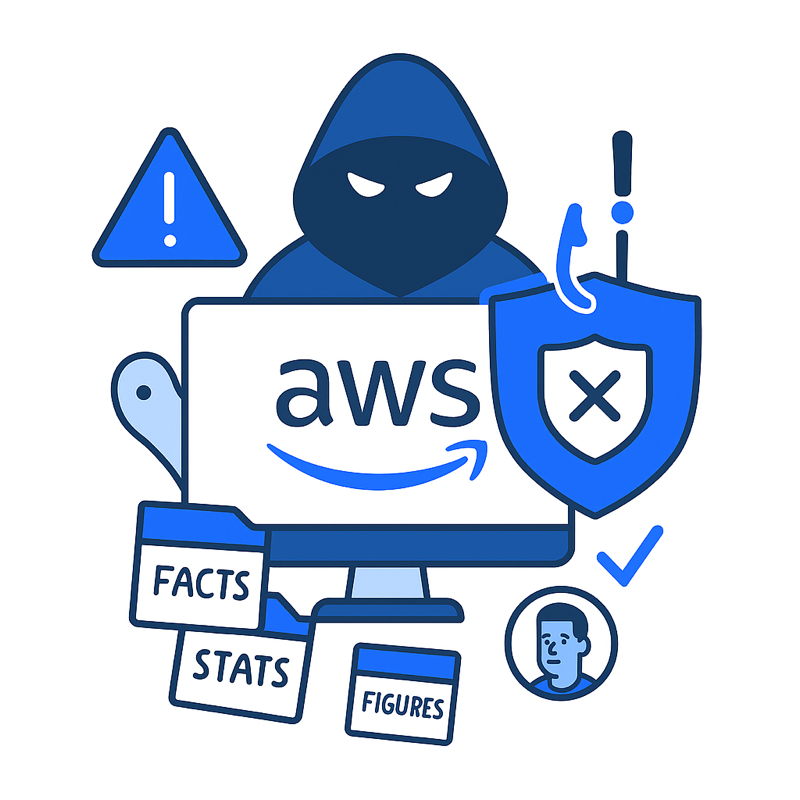What Are Entitlements?
The Hidden Risks Behind Your Cloud Permissions
In cybersecurity circles, entitlements aren’t about perks, pizza once a month, or free coffee in the breakout room. They’re the atomic units of power inside your cloud environment. The precise permissions and capabilities an identity has over your systems, data, and workloads.
If that sounds dry, here’s the more visceral version: if user accounts are the keys to your infrastructure, entitlements are the exact teeth on those keys. They decide which locks a person (or a machine) can open, and what they can do once they’re inside.
In the wrong hands, the wrong entitlement is an open door you didn’t know existed.
What Are Entitlements?
At its simplest, “entitlement” is just industry shorthand for the specific permissions or privileges assigned to a user, role, or service account. They define exactly what actions that identity can take and over which resources.
“With great power comes great responsibility.”
– Voltaire (and Stan Lee)
In practice, they’re the fine print in your access model. Where “access” says, “Yes, you can enter,” an entitlement says, “And here’s exactly what you can do once you’re in.” This is the classic story of AuthN vs AuthZ.
A few examples:
- AWS: s3:ListBucket lets you see what’s in an S3 bucket. ec2:TerminateInstances lets you shut down compute workloads.
- Microsoft Entra ID / Azure: Can create new user accounts, manage collections of cloud resources, or give someone admin powers.
- Google Cloud: Connects a person or service to a job title in the cloud, where that title comes with one or more specific permissions.
Each of these is a discrete slice of power. Individually, they might seem harmless, but in combination, they can create dangerous overreach. Especially when no one’s tracking them closely.
Why Should You Care About Entitlements?
Because they accumulate quietly, over time, employees change roles, contractors come and go, service accounts get created for one project and then forgotten. Each one leaves behind entitlements, many of which are no longer needed.
This is known as entitlement sprawl, and it’s a major security risk.
In a perfect world, everyone would have just the permissions they need to do their job, no more, no less. In reality, most organizations have dozens (or hundreds) of identities holding on to excessive privileges “just in case.”
And attackers know it. Compromise an identity with the right combination of entitlements, and you can move laterally through a cloud environment with ease. Often, you don’t even need a super admin role. Just a few overlooked read or write permissions chained together can cause severe chaos.
The Compliance Angle
If you’re bound by international cybersecurity frameworks like ISO 27001, SOC 2, or NIST, entitlement management isn’t just good hygiene; it’s mandatory. Many compliance requirements boil down to two key questions:
- Do you know who has access to what?
- Can you prove they still need it?
If your answer to either is a nervous shuffle and a half-smile, you’ve got work to do. Auditors want evidence of least-privilege access, timely revocation of unused rights, and full visibility across all cloud platforms.
The Cloud Complication
Managing entitlements was hard enough back in the on-prem days. Now, with multi-cloud strategies the norm, the complexity has exploded.
AWS, Azure, and Google Cloud all have their own way of defining and granting entitlements (see our Cloud Providers IAM Comparison). The terminology differs, the policy languages differ, even the way permissions cascade through roles differs.
The result? Entitlements hide in plain sight, scattered across three (or more) entirely different systems. Without a unified view, it’s impossible to know your true risk exposure.
How Entitlements Get Out of Hand
Most entitlement sprawl comes from well-meaning decisions:
- A dev needs extra privileges for a project, and these privileges don’t get revoked afterward.
- A contractor’s permissions to upgrade a database are left active “just in case.”
- A team inherits permissions from a legacy IAM group that no one realizes are overly broad.
And then there are automation scripts, third-party integrations, and AI agents, each with its own set of entitlements that may or may not be monitored.
Individually, these might seem minor. But collectively, they create an attack surface far larger than most teams realise.
The Case for Zero Standing Privileges
One of the most effective ways to tame entitlements is to adopt a Zero Standing Privileges (ZSP) approach. Instead of giving permanent entitlements, you grant them only when they’re needed, and remove them immediately after.
It’s the difference between giving someone a spare key “just in case” versus giving them a keycode to your digital lock that automatically reengages after a couple of minutes.
ZSP isn’t just a theoretical best practice. It actively reduces the window of opportunity for attackers, cuts down on accidental misuse, and makes compliance audits far less painful.
Where Trustle Fits In
If you’ve ever tried to manually track entitlements across AWS, Azure, and Google Cloud, you’ll know it’s a special kind of misery. Spreadsheets and periodic access reviews don’t cut it anymore.
This is where entitlement visibility and automation become critical. Trustle takes all the scattered, hidden, and forgotten entitlements across your clouds and pulls them into a single, audit-ready view. From there, you can:
- Identify excessive or unused permissions.
- Automatically revoke risky entitlements.
- Enable just-in-time access so entitlements are granted only when needed.
- Enforce least-privilege policies across all identities, human and machine.
It’s entitlement management without the guesswork.
The Foundation of Security
So, what are entitlements? They’re the granular controls that decide exactly what an identity can do inside your systems. In theory, they’re the foundation of security. In practice, unmanaged entitlements are one of the biggest sources of risk in cloud environments today.
The good news? With the right tools, you can cut through the sprawl, lock down unnecessary privileges, and make sure every key in your organization’s keyring is cut for one purpose only.
Because in cybersecurity, it’s rarely the front door that causes the problem. It’s the side gate nobody realized was still unlocked.




